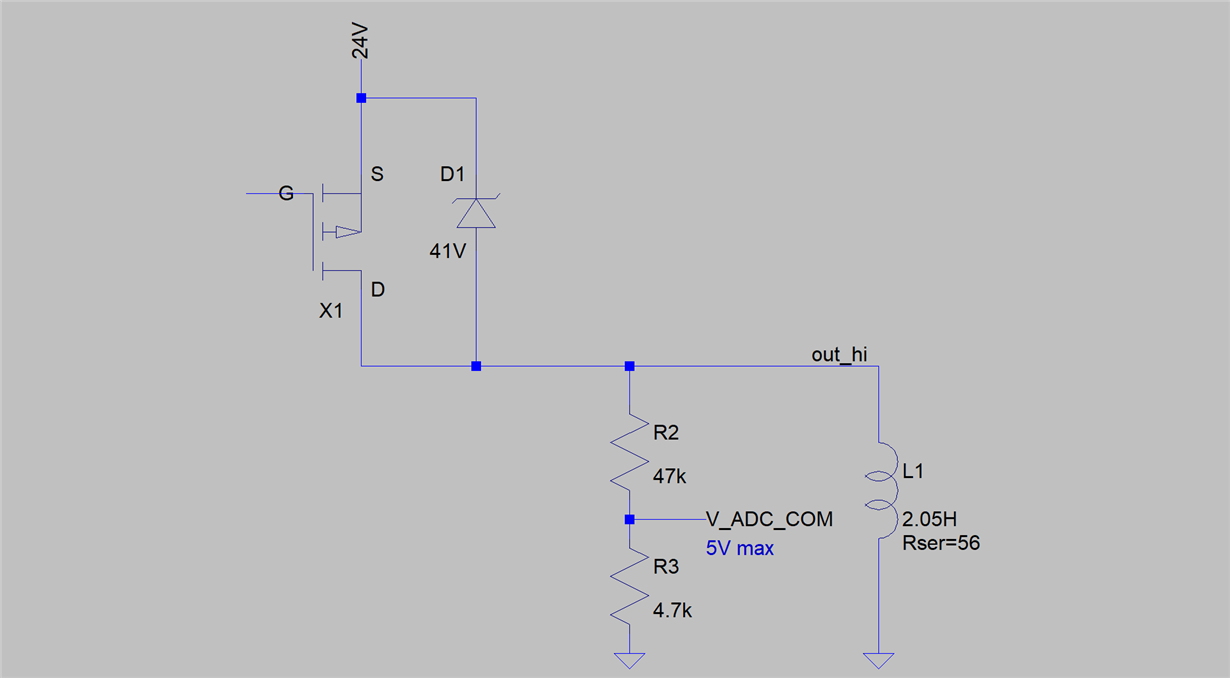I refer to a post, where it was stated, that the internal ESD diodes clamp to (+VA) with a max. current of 10mA.
I just want to validated, that this also applies to the ground. I assume this, because the max. input current is also stated with a negative value.
The reason:
I measure an output voltage, which drives an inductive load. During freewheeling (with zener diode), the voltage can become negative and so the measured voltage.
Thanks
Sebastian



